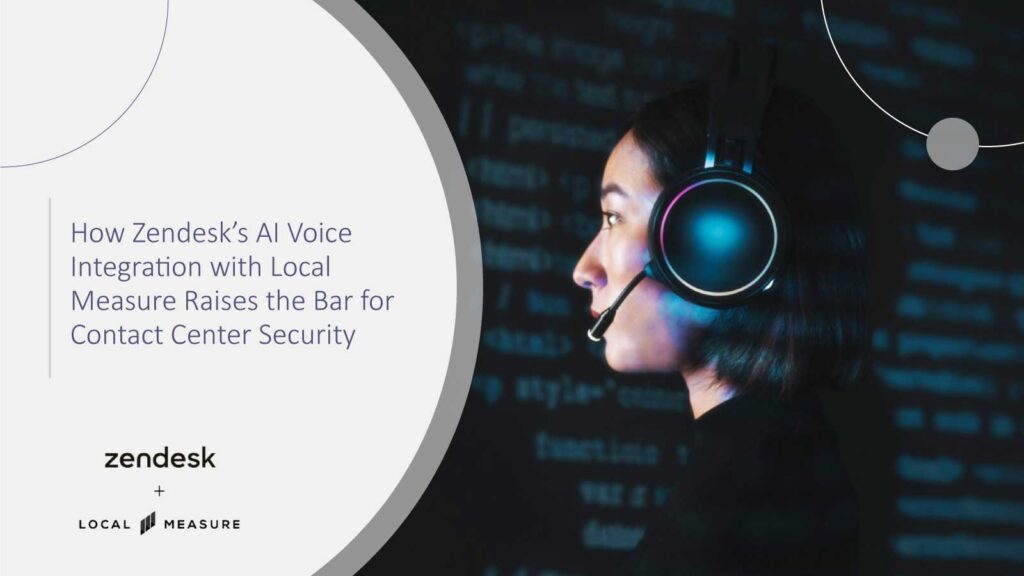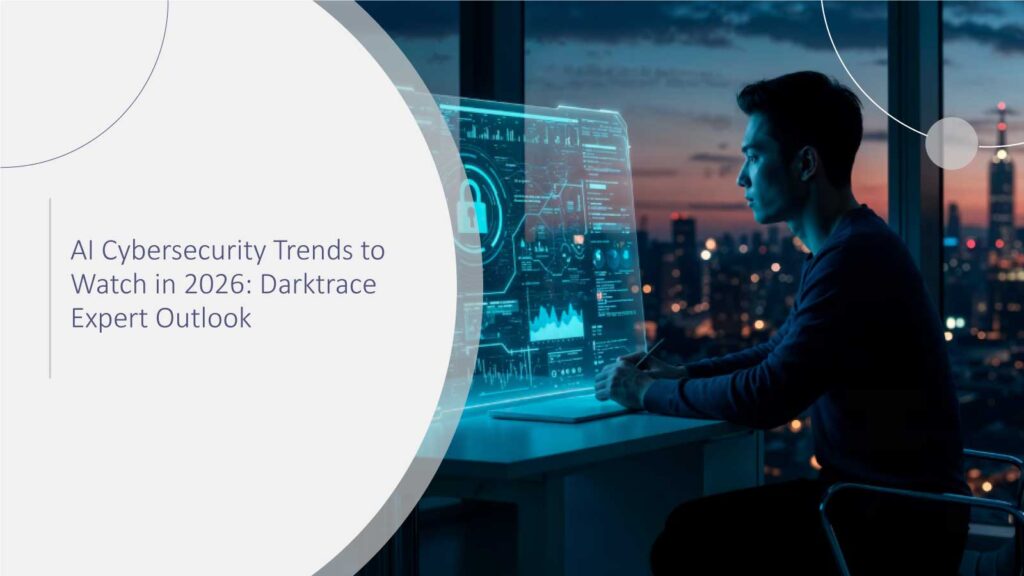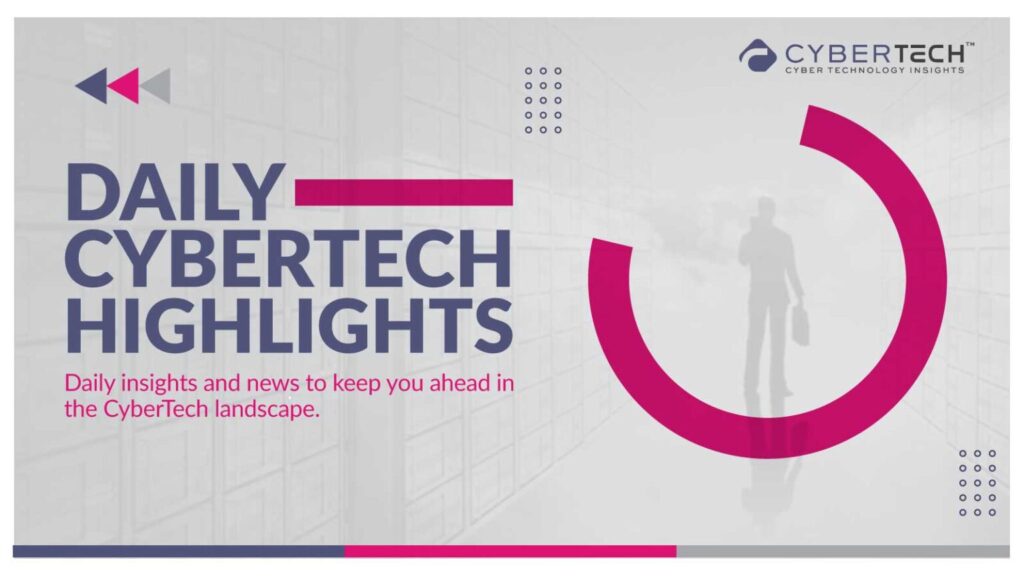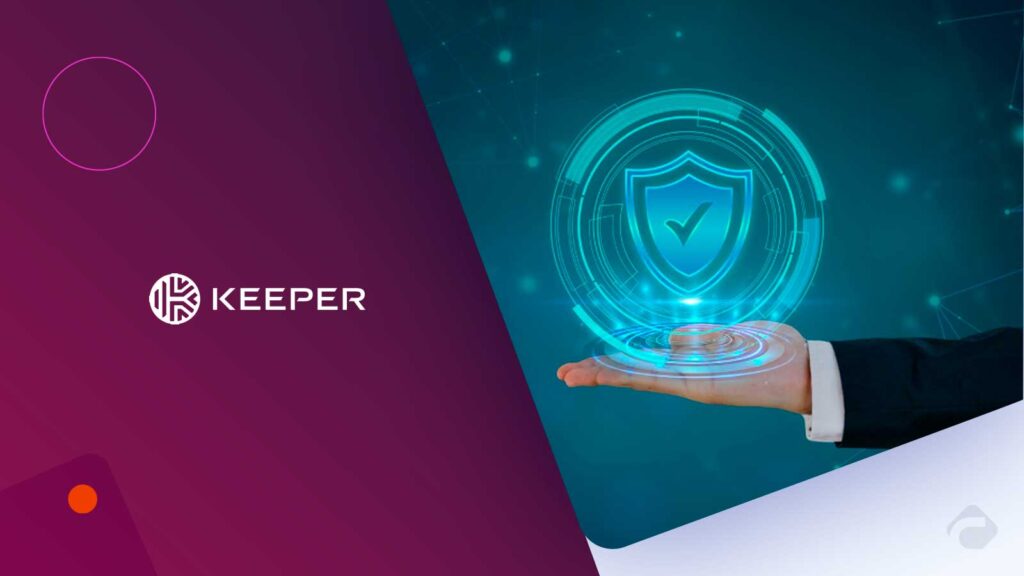In the era of enterprise communications and Conversational AI, AI voice integration is not merely a matter of improved customer experience; it’s also about protecting it. Zendesk’s acquisition of Local Measure, a voice-first CCaaS vendor with solid AWS foundations, is more than a sign of extending capabilities. It represents a move toward intelligent, secure voice ecosystems intended for high-volume, high-risk environments. For security leaders, the transition poses an immediate question: Are your contact centers as secure as they are smart?
Voice: Still a Frontline and a Vulnerability
Voice channels continue to be the pulse of mission-critical service provision. But with that utility comes risk. According to Hiya’s Q4 2024 Global Call Threat Report, over one-third of respondents across the U.S., U.K., Canada, Germany, France, and Spain reported encountering a deepfake voice fraud call in the past year. Alarmingly, more than 30% of those targeted fell victim, suffering significant financial losses.
Zendesk’s voice integration with AI from Local Measure tackles this risk head-on by consolidating AI-driven call routing, dynamic IVR, and real-time sentiment analysis into a single managed platform. This unification not only simplifies it secures it. We stamp, encrypt, and evaluate all interaction through a single pane of glass, reducing the opportunity for data leakage or human error.
By utilizing Amazon Connect‘s security-enabled cloud infrastructure, Zendesk layers AWS’s compliance-ready architecture. They created a highly layered voice platform with integrated data residency, access control, and end-to-end encryption.
Dynamic IVR Meets Predictive Security
Static IVRs annoy customers and present attackers with a predictable system to take advantage of. Zendesk’s approach turns that on its head by leveraging AI to adapt IVR dynamically. Calls aren’t simply routed on input; rather, they’re analyzed in real time based on context, intent detection, and historical behavior.
This is important to cybersecurity. Dynamic IVRs close social engineering windows. A scammer can’t easily game a system that’s adapting its logic in real-time based on live data and AI feeds. Instead of using a predictable path, every interaction becomes a moving target.
Implement Local Measure’s intelligent IVR logic, It diverts calls on the basis of irregular patterns (e.g., spoofed numbers or continuous behavior across accounts). This introduces a level of behavioral anomaly detection smack at the voice gateway, much ahead of the threat reaching human agents.
Real-Time Data Fusion: Visibility Without Delay
The real strength of AI voice integration lies not in the words but in the learning. Each voice conversation, augmented by real-time customer information, builds a rich asset: behavioral intelligence. Zendesk’s integration facilitates this at scale.
By bringing voice metadata together with digital interaction logs, the platform facilitates early warning signs of suspicious behavior. Highly regulated industries such as finance, healthcare, and government find this especially important, as a lag in detection can lead to compliance issues or breaches.
In a recent enterprise implementation, a major telecommunications company achieved a 40% reduction in average handling time and a 25% increase in first-call resolution rates within the first 90 days of deploying Zendesk’s AI-powered voice analytics. These enhancements underscore the effectiveness of AI-driven solutions in streamlining operations and enhancing customer satisfaction.
AI Agents as the First Line of Defense
Whereas most organizations continue to use human agents to authenticate callers, Zendesk’s solution adds AI agents that are programmed to authenticate, validate, and flag anomalies before a call ever is addressed by Tier 1 support. These AI agents not only work rapidly, but they also work with precision using logic built on past fraud patterns, device ID examination, and sentiment analysis.
This is a game-changer in call deflection strategy. High-risk calls can be diverted to specialized secure teams, recorded for forensic analysis, or even blocked completely. And since all this happens in milliseconds, customer experience remains seamless while the threat actor encounters a wall.
A Blueprint for Secure, Scalable Contact Centers
For CISOs, CTOs, and security architects, Zendesk AI voice integration is more than a voice enhancement. It is a scalable architecture where risk mitigation is integrated into each layer, from user authentication and behavior profiling to data encryption and cloud-native compliance.
The acquisition of Local Measure further enables Zendesk to work in highly regulated industries without sacrificing speed and flexibility. The platform is now even more well-equipped to handle GDPR, HIPAA, and ISO 27001 compliance, enabling it to be an option for global businesses dealing with increasingly stringent data protection regulations. It’s no wonder this strategic move has caught the attention of security-minded businesses around the globe. Voice security is not a nicety in today’s threat environment; it’s a necessity.
How AI Voice Integration Alters the Customer Experience
Finally, security enhancements only count if they enrich, rather than disrupt, the customer experience. That’s where Zendesk’s AI voice integration with Local Measure excels. It equips consumers with quicker resolutions, more fluid interactions, and greater faith in the support process.
Picture this: A customer, Sarah, calls her bank when she sees a suspicious transaction. Rather than sitting through an extensive IVR menu or relaying her account number to several agents, an AI agent welcomes her, verifies her with voice biometrics and recent activity, and immediately transfers her to a fraud expert. The expert already has her information, interaction history, and reported transaction details on-screen, courtesy of real-time AI fusion between voice and digital channels.
What would have taken 20 minutes in the previous model is now solved in less than 5. And that’s not all. The same AI platform used to assist Sarah is also quietly flagging other patterns on similar customer calls, allowing the security team to catch a phishing campaign before it gets big. This symbiotic gain, improved result for both consumer and enterprise, is what makes Zendesk’s model unique. Sarah and other customers don’t have to be aware of the technical sophistication behind dynamic IVRs or AI routing. They just feel the simplicity: responsive, secure, and human-like service, fueled by systems thinking smarter in the background.
What This Means for Cyber Leaders
If you’re responsible for safeguarding digital trust in your organization, Zendesk’s AI voice integration with Local Measure deserves your attention. It represents a paradigm shift, where voice isn’t just heard, but secured, analyzed, and weaponized against fraud. Above all, it is a reminder that in the era of agentic AI, security cannot be bolted on. It has to be built into every channel, every tool, and every interaction, beginning with the voices your customers trust most.
FAQs
1. How does Zendesk’s AI voice integration improve security?
It uses AI to encrypt calls, detect fraud early, and manage interactions on a secure AWS platform, reducing risks like data leaks and scams.
2. Why is dynamic IVR more secure than traditional IVR?
Dynamic IVR adapts in real time using AI, blocking suspicious callers and preventing predictable attacks common in static systems.
3. How does AI help detect fraud in voice calls?
AI analyzes caller behavior and voice data instantly to spot anomalies, speeding up fraud detection and reducing response times.
4. Do AI agents replace human agents in contact centers?
No, AI agents handle initial authentication and flag suspicious calls before passing them to human specialists.
5. Does this system comply with data protection rules?
Yes, it follows key regulations like GDPR and HIPAA by using encryption and strict data controls on a compliant cloud platform.
To participate in upcoming interviews, please reach out to our CyberTech Media Room at sudipto@intentamplify.com.








